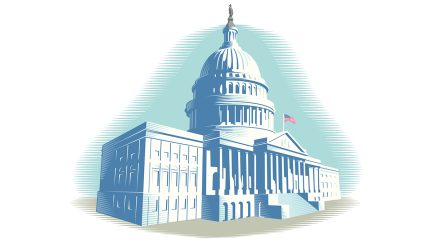Want the latest retirement plan adviser news and insights? Sign up for PLANADVISER newsletters.
Individual Account Retirement Plans the Dominant Source of Retirement Income
EBRI also found not only do individual account assets make up a large portion of families’ financial assets, but those with individual account assets also have substantially higher levels of net worth than those families without them.
Individual account (IA) retirement plans are the dominant source of financial assets for retirement income among current and future retirees—and they continue to grow, according to the Employee Benefit Research Institute (EBRI).
Individual Account (IA) plans include employment-based retirement savings plans financed by both employer and employee contributions (most notably, defined contribution (DC) plans), as well as Keogh plans for the self-employed, and individual retirement accounts (IRAs) for savings outside of the workplace. EBRI’s analysis of Survey of Consumer Finances (SCF) data finds that in 2016, IA assets constituted 67.9% of financial assets at the median among families owning IA assets.
The percentage of IA plan assets in DC plans from a current employer amounted to 40.9% in 2016. The percentage in a previous employer DC plan was 8.7%, while IRAs/Keogh plans held 50.4% of the IA plan assets.
In 2016, 66.5% of all families that had an active participant in an employment-based retirement plan from a current employer had a DC plan only, while 16.2% of these families had both a defined benefit (DB) and DC plan and 17.2% had a DB plan only. The percentage of family heads who were eligible for DC plans and chose to participate increased from 78.7% in 2013 to 79.4% in 2016.
EBRI also found not only do IA assets make up a large portion of families’ financial assets, but those with IA assets also have substantially higher levels of net worth than those families without IA assets. The median net worth for families that owned IA assets was $249,950 in 2016 compared with $19,200 for families without IA assets. “Consequently, any policy that alters this system could have consequences–either positive or negative–for Americans’ ability to fund a comfortable retirement,” says Craig Copeland, with EBRI.
The EBRI report, “Individual Account Retirement Plans: An Analysis of the 2016 Survey of Consumer Finances” is published as the March 13, 2018, EBRI Issue Brief, and is available online here. A Fast Facts version is here.You Might Also Like:

Milken Institute Supports Steps to Increase Adoption of In-Plan Lifetime Income Solutions

Holistic Planning is Key to Navigating Retirement Income Challenges



